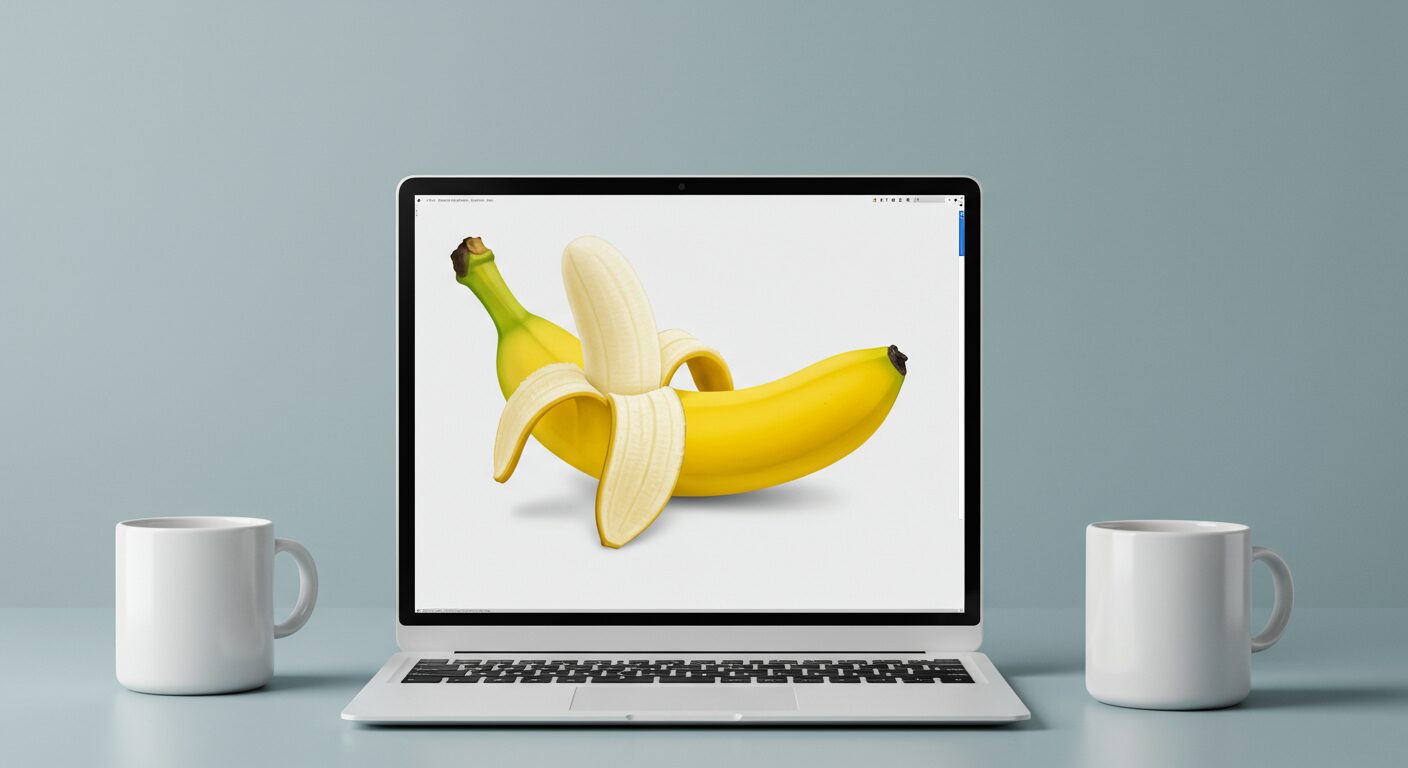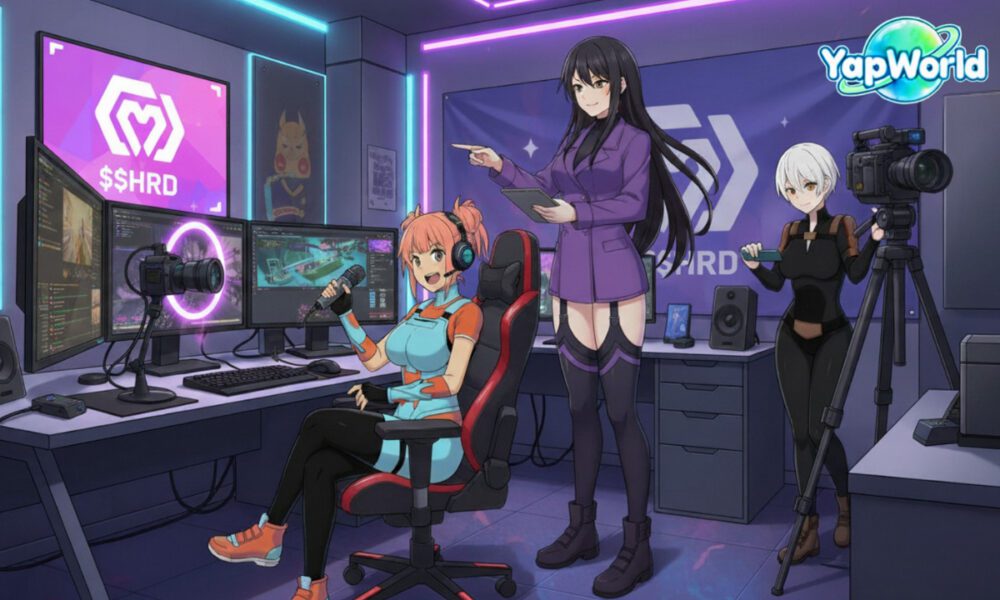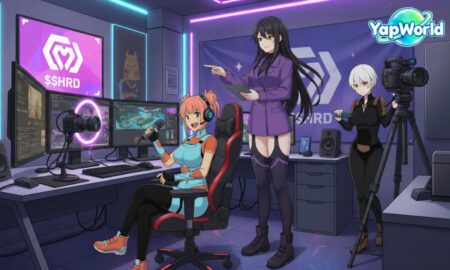Artificial intelligence has quickly reshaped the way we generate and edit visuals. From artistic exploration to business content creation, AI-powered tools like Stable Diffusion and Midjourney have become household names. Yet both come with challenges: one demands powerful hardware, the other locks users into closed subscriptions.
Now, a new solution—Nano Banana AI—is entering the scene. Sometimes referred to as banana ai or even google nano banana in online discussions, this framework brings the promise of lightweight, efficient, and customizable AI for image editing. Unlike heavyweight models, nano banana google is designed to work on modest devices while still producing professional-grade results.
In this article, we’ll explore what nano banana offers, walk through a practical tutorial, and compare it with Stable Diffusion and Midjourney to show why it may become the next big disruptor.
What is Nano Banana AI?
Nano Banana AI is a next-generation framework for image generation, enhancement, and editing. Its design philosophy is unique: achieve high-quality performance without relying on massive, resource-heavy infrastructures.
Core advantages of google banana ai include:
- Lightweight Architecture: Unlike traditional AI systems, it’s optimized for consumer GPUs and affordable cloud setups.
- Multimodal Capabilities: Handles text-to-image, image-to-image, and contextual editing with ease.
- Flexible Deployment: Available via API, local installation, or enterprise-scale customization.
- Developer-Friendly Design: Easy pipelines for beginners, deep customization options for power users.
With nano banana ai, startups and independent creators can access capabilities previously limited to corporations with large infrastructure.
Quick Tutorial: How to Use Nano Banana Google for Image Editing
Getting started with nano banana google is refreshingly simple. Unlike Stable Diffusion, which requires downloading large checkpoints, or Midjourney, which runs only on a closed subscription model, Nano Banana can be installed and used directly.
Here’s a minimal Python example:
from nanobanana import Pipeline
# Initialize the Nano Banana AI pipeline
pipe = Pipeline(model=”nano-banana-image-edit”)
# Edit an image with natural language instruction
result = pipe.edit_image(input=”landscape.png”,
instruction=”Turn it into a night scene with stars in the sky”
# Save the output
result.save(“output.png”)
Within minutes, users can edit backgrounds, insert or remove objects, and adjust styles. The best part? It works locally, without forcing data through external servers—an edge for those who value privacy.
Nano Banana vs Stable Diffusion vs Midjourney
To appreciate banana ai fully, it’s useful to see how it stacks against Stable Diffusion and Midjourney.
| Feature | Nano Banana AI | Stable Diffusion | Midjourney |
| Model Size | Lightweight, optimized | Large, GPU-heavy | Medium-large |
| Ease of Use | Quick setup, simple API | Requires technical setup | Easiest, but closed |
| Speed | ⚡ Fast on modest GPUs | Slower, hardware-dependent | Cloud latency |
| Cost | Affordable, flexible | Free/paid, hardware costs | Subscription only |
| Customization | High (API + local) | High (open-source) | Very limited |
| Focus | Editing + multimodal | Artistic generation + research | Artistic visuals |
- Stable Diffusion: Powerful and open-source, but resource-intensive and complex for beginners.
- Midjourney: Simple and highly artistic, but closed, subscription-only, and lacks flexibility.
- Nano Banana AI: Combines the best of both worlds—lightweight, customizable, and open enough to serve research, startups, and business users.
Image alt: Nano banana’s official website UI
Real-World Applications
Beyond art, google nano banana can transform how industries use AI:
Healthcare Imaging
- Enhance scans, annotate features, or simulate training datasets without sending patient data to third-party servers.
Education & E-Learning
- Generate context-rich visuals, diagrams, or infographics to support learning materials.
Marketing & Design
- Create promotional content, edit campaign visuals, and iterate quickly without outsourcing.
Scientific Research
- Process microscopy or satellite images, run annotations, or simulate visual variations for experiments.
Creative Arts
- Artists can experiment with style transfer, background edits, and hybrid projects, using nano banana ai as a creative partner.
Why Nano Banana Could Be a Game-Changer
While Stable Diffusion and Midjourney dominate today’s AI image landscape, nano banana challenges the assumption that bigger always means better. Its strengths include:
- Accessibility: Runs smoothly on consumer devices.
- Cost-Efficiency: Avoids expensive GPUs or restrictive subscriptions.
- Privacy: Local deployment keeps data secure.
- Flexibility: Developers can tune it for research, startups, or enterprise applications.
As adoption grows, google banana ai could redefine the AI creative toolkit—just as personal computers democratized computing decades ago.
Final Thoughts
The future of AI image editing will not only be about massive models, but also about lightweight, practical, and widely accessible frameworks.
Nano Banana AI (often dubbed banana ai or google nano banana) represents this shift. It combines speed, efficiency, and flexibility in ways that Stable Diffusion and Midjourney cannot fully match. For startups, researchers, and creative professionals alike, nano banana google may well be the next big name in AI-powered creativity.
As more developers experiment with it, Nano Banana could become the go-to choice for those who want high-quality AI editing that’s powerful, affordable, and future-ready.

































